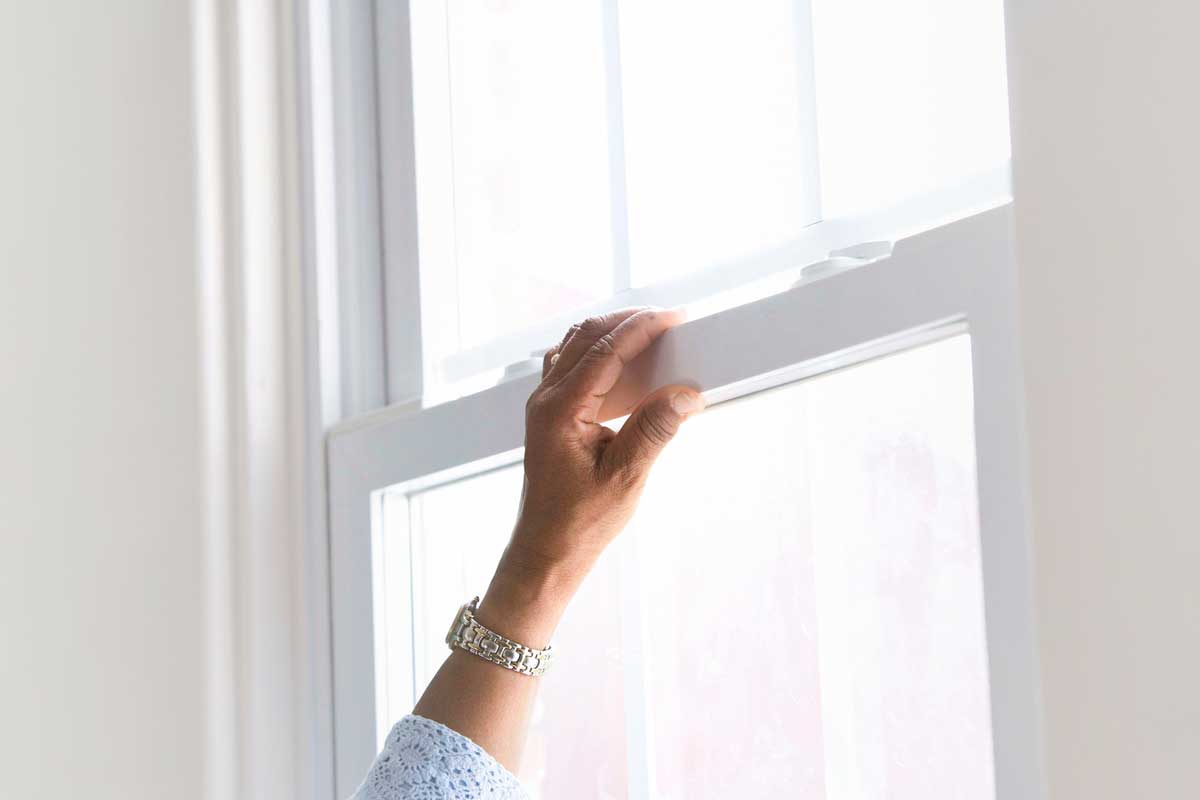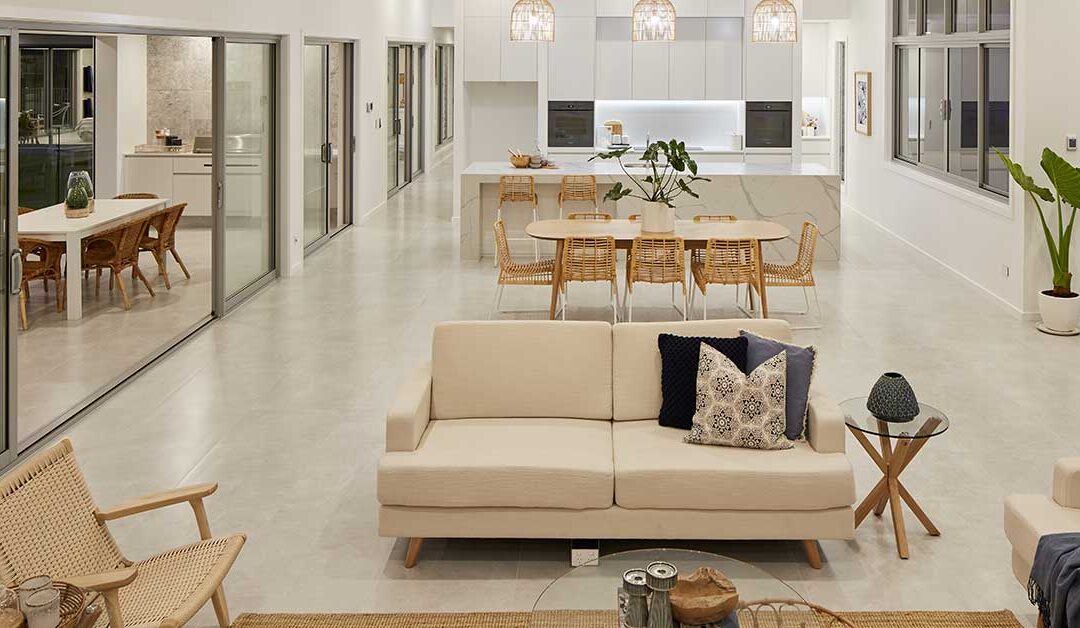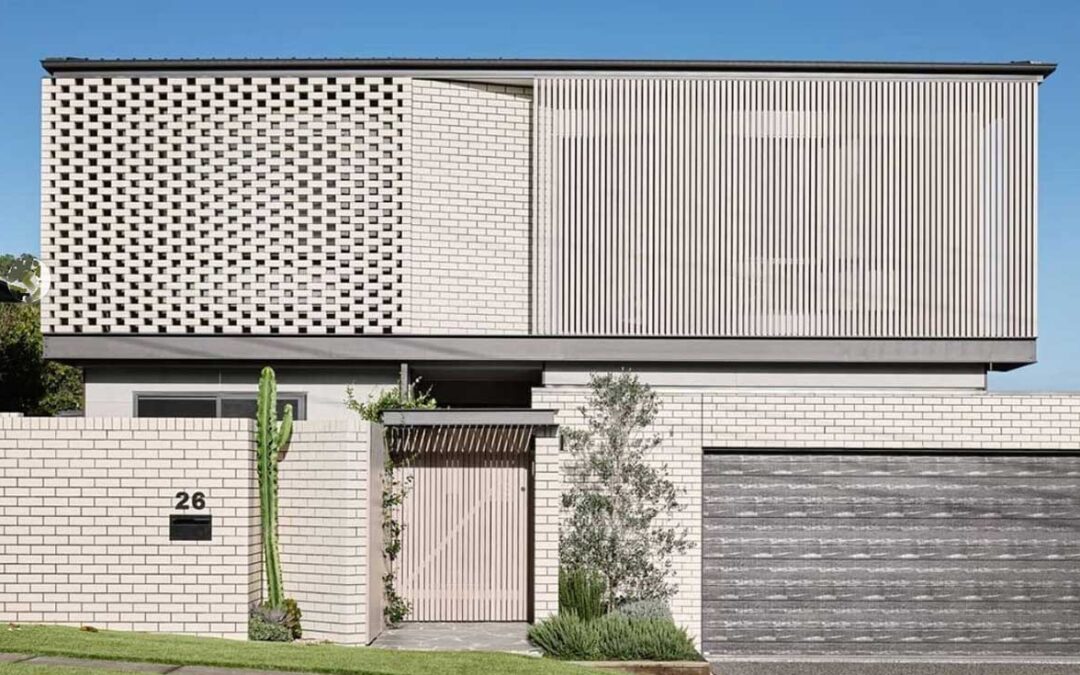Introduction
The Building Code of Australia, now referred to as the National Construction Code (NCC), plays a pivotal role in shaping the built environment in Australia. Updated every three years, the latest NCC-2022 brings forth significant changes. These directly influence the design, construction, and safety aspects of new residential projects across the country.
In this blog, we delve into some of the key modifications introduced by NCC-2022 (which has only recently come into force). We look at the impact they will have on the design of new dwellings in Australia.

Image by rawpixel.com
Energy Efficiency
One of the prominent areas of change in the NCC-2022 is the increased emphasis on energy efficiency. With growing global concerns about climate change, Australia is aligning itself with international efforts to reduce greenhouse emissions.
The new code introduces stricter 7-star requirements for energy efficiency in new homes with the aim of eventually achieving zero energy inputs. This includes improved insulation standards, utilising more efficient heating cooling and lighting systems, and further integration of renewable energy sources.
New homes will need to demonstrate at building approval stage that they comply with designated annual energy use budgets. These can be determined utilising online calculators designed specifically for the purpose of verifying compliance.
Multi-residential buildings will also need to make provisions for future onsite renewable energy generation and storage. This is particularly for electric vehicle (EV) charging.

Image by rawpixel.com
Sustainability
The new code places greater emphasis on using sustainable building materials and construction practices. This shift aims to minimise the environmental impact of construction activities and encourages the integration of water-efficient fixtures and systems. This includes features such as rainwater harvesting systems, low-flow taps and shower heads, and water-efficient landscaping. By reducing water consumption, these measures contribute to conserving a precious resource and minimising the environmental impact of new homes.

Image by rawpixel.com
Accessibility
Ensuring accessibility for people with disabilities and the elderly is a fundamental aspect of the NCC – 2022. The updated code introduces stricter guidelines for designing homes that are inclusive and universally accessible. It mandates that all new homes, including multi-storey buildings, must have accessible pathways leading into the dwelling. Along with this they need step-free entrances, wider doorways and corridors, and accessible bathrooms.
This ensures that people with mobility challenges can easily navigate and access different areas within a home.
The new code also requires homes to be built with future adaptability in mind. This concept entails incorporating features that make it easier to modify a home. It also extends to accommodating changing needs, such as adding handrails or ramps.
By prioritising accessibility, these changes in the code pave the way for a more inclusive built environment. This caters to all members of society and promotes older residents ageing in place.

Liveability
The concept of liveability encompasses the overall quality of life a home offers its occupants, promoting comfortable and healthy living environments.
The emphasis on natural light and ventilation is one liveability concept reinforced in the new code.
Homes are required to have an adequate amount of natural light in habitable rooms, promoting a healthier indoor environment and reducing the need for artificial lighting during the day. This not only improves energy efficiency but also contributes to the well-being of the residents.
The detrimental health impacts of mould growth within homes are also addressed.
Minimising humidity within the home reduces the ability for mould to grow.
Breathing, cooking, clothes drying and domestic activities (like washing up) all produce water vapour. When moisture is present in an unventilated space and it contacts a cold surface, condensation forms. If this moisture is absorbed by a porous surface that is unable to dry out, mould growth is likely to occur.
The key to eliminating the build-up of moisture or humidity within the home is ventilation, not only to internal rooms, but also within wall, floor, or roof cavities where moisture can become trapped allowing mould to flourish undetected.
Where natural ventilation to internal rooms is not possible, mechanical exhaust systems must be used to discharge moist air to the outside, particularly from wet areas such as kitchens, bathrooms, and laundries.
In bathrooms, fans must be connected to light switches incorporating a timer that ensures the fan runs for a set period, even after the light is switched off.

Image by rawpixel.com
Recirculating range hoods to kitchens are no longer permissible, they must now be ducted to the exterior of the building.
The code also places greater importance on acoustics, ensuring that homes are designed to minimize noise transmission between rooms and from external sources. This is a significant step in creating tranquil and comfortable living spaces, particularly in urban areas with high noise levels.
These changes collectively aim to enhance the overall comfort and liveability of new homes, fostering a positive living experience for occupants.
Structural Integrity and Durability
The durability of a home is paramount to its long-term functionality and safety. The updated NCC – 2022 places greater importance on the structural integrity and durability of buildings. This involves designing homes that can withstand various environmental factors, such as wind, earthquakes, and corrosion.
Fire Safety Measures
Enhancing fire safety is another significant change in the NCC – 2022. The code includes revisions to fire safety requirements, covering areas like fire-resistant cladding, fire-rated windows, and the installation of smoke alarms.

Australia’s vulnerability to catastrophic bushfires has also led to a renewed focus on improving the bushfire resilience of homes. Changes to building requirements in bushfire-prone areas have also been incorporated, mandating the further use of fire-resistant materials, ember protection measures, and enhanced ventilation systems.
Conclusion
The NCC – 2022 introduces a wave of changes that hold immense potential for shaping the future of home design in Australia. By prioritising accessibility, liveability, and sustainability, the code sets a higher standard for new homes, fostering inclusivity, comfort, and environmental responsibility.
As architects, builders, and homeowners embrace these changes, Australia’s housing landscape will evolve to reflect the values of a society that cares for its citizens and the planet alike. Through the collective effort of adhering to these new regulations, we can look forward to a future where homes are not only aesthetically pleasing but also functional, comfortable, and sustainable spaces for all.

You might also be interested in...

The Most Popular Home Configurations in Australia in 2024
Discover 2024’s top Australian home configurations: bedrooms, bathrooms, and parking preferences. Explore how changing lifestyles shape popular house configurations nationwide.

Exploring Contemporary Applications of Brise Soleil
Contemporary applications of Brise Soleil combine functionality, aesthetics, and sustainability, making them a popular choice in various building designs worldwide.










